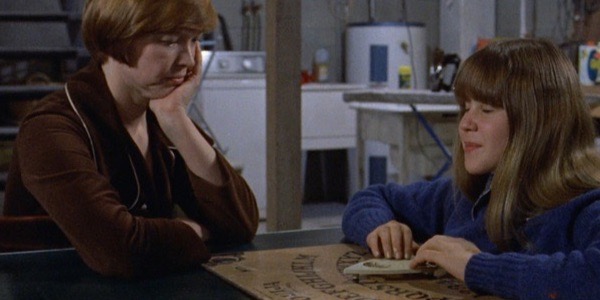In 1971 the world was introduced to Pazuzu, the Ancient Assyrian Demon, who is responsible for possessing Regan McNeil in William Peter Blatty’s The Exorcist. A few years later, in 1973, Pazuzu would be committed to film in the adaptation of Blatty’s book. Directed by William Friedkin, The Exorcist is not your average girl who becomes possessed movie. It is a layered, psychological masterpiece that only gets better with repeat viewings.
British Film Critic and Writer of The Fear of God documentary (The Best Exorcist Documentary you will find) Mark Kermode has stated about his favorite movie “I have seen it over a hundred times, and each time I watch it, it feels like a different movie” He is not wrong. There is something about The Exorcist that places it head and shoulders above its counterparts, and still to this day can deeply affect the viewer.
Pazuzu is first introduced to us at the beginning of the movie when the titular character Father Lankester Merrin (played unforgettably by the late Max Von Sydow) is on an archeological dig in the ancient city of Hatra in northern Iraq. We see Pazuzu facing off with our hero as they are both engulfed in dust, a foreboding figure with the body of a man, the head of a lion or dog, and a cocktail of animal parts to make up the rest of him. Menace is summoned up from the get-go. Interestingly this life-size prop of Pazuzu is lost to time after it went mysteriously missing when filming was complete. Ironically no known life-size Pazuzu statues like the one featured in the film have ever been discovered as it’s believed that creating such a piece could bring you to Pazuzu’s attention, which might not be the best idea.

Pazuzu is the King of Wind Demons in ancient Babylonian/Assyrian mythology. He was not only the force that created the winds; he was also the best line of defense against them. Son of Hanbi, who was King of the Demonic Underworld Pazuzu, was undoubtedly a powerful and evil demon, but he was not considered THAT evil. In fact, Pazuzu would often be invoked to protect people from harm. Seeming to be especially effective in protecting pregnant women and Children from the demonic goddess Lamashtu who appeared to have a thing about unborn and newborn babies. Pazuzu would often be called upon to protect people from other less powerful demons.
It is interesting that Blatty chose Pazuzu to be the possessor of Regan in The Exorcist. Could it be that Pazuzu’s appearances in the book and the movie are actually more of a protector to the young girl stopping her from becoming completely possessed by another more benevolent demon after playing with a Ouija board?

One of the joys of The Exorcist is, it allows us as the audience to conjure up our own interpretations of what is going on. I was fortunate enough to meet William Friedkin a few years ago as part of our Mad Monster screening series. An incredible cinematic mind, he told me that The Exorcist is not considered by him a horror movie but a movie about faith. Hearing this might make you look at the film in a completely different light. As with Pazuzu, sometimes, what we think we know and understand might have a completely different significance if you dig a little deeper beneath the surface.
Pazuzu continues to intrigue and is by far the best known of these ancient demons. With his celebrity status, he continues to make appearances in movies, television, and literature. More recently popping up Godzilla King of the Monsters, Spiderman Far From Home and with cameos in Ridley Scott’s Legend, Futurama, The Constantine TV Show, and Wes Cravens Cursed to name just a few. Pazuzu’s status as the most famous of the ancient Demons remains undisputed.
